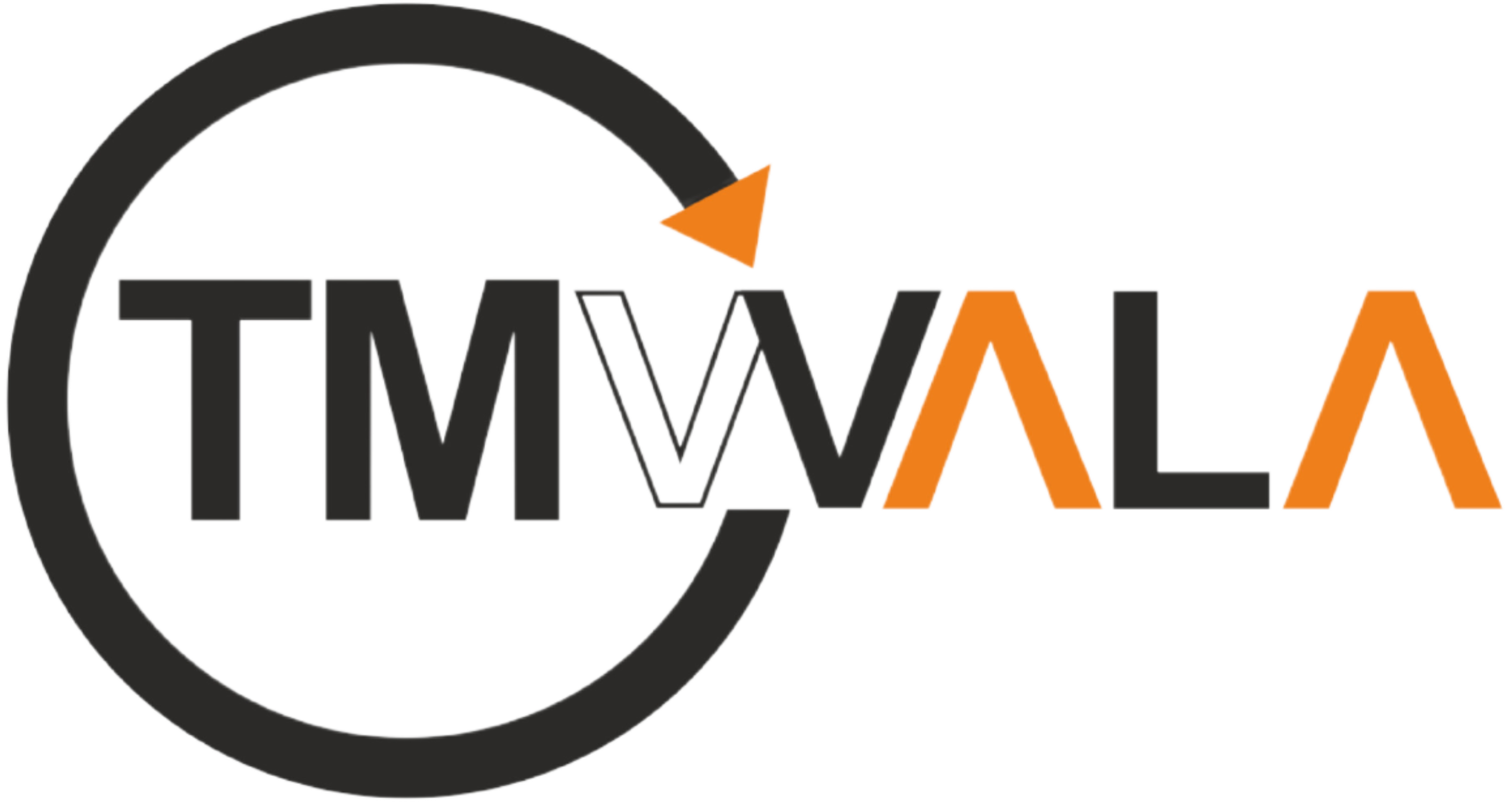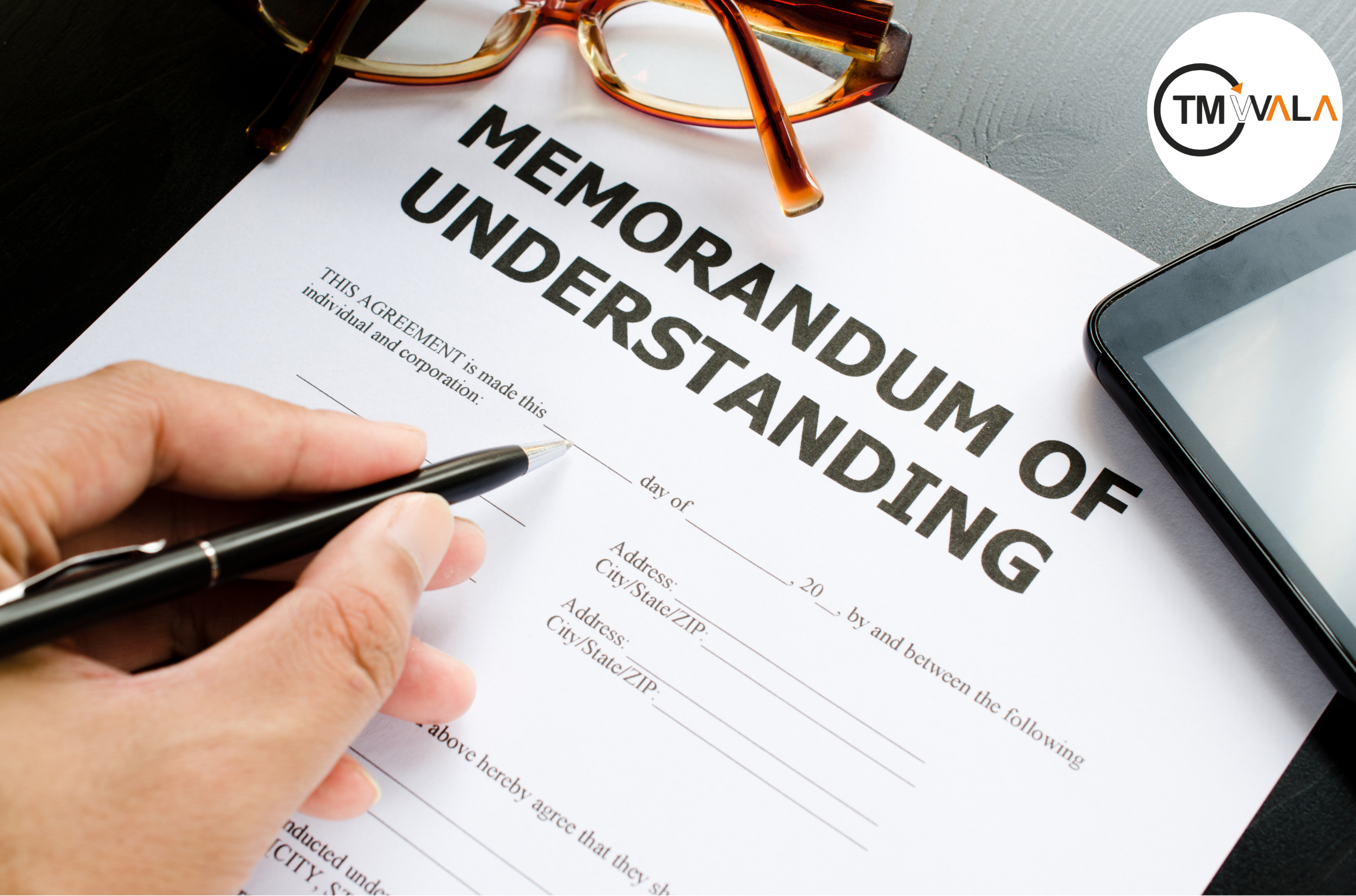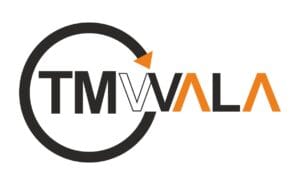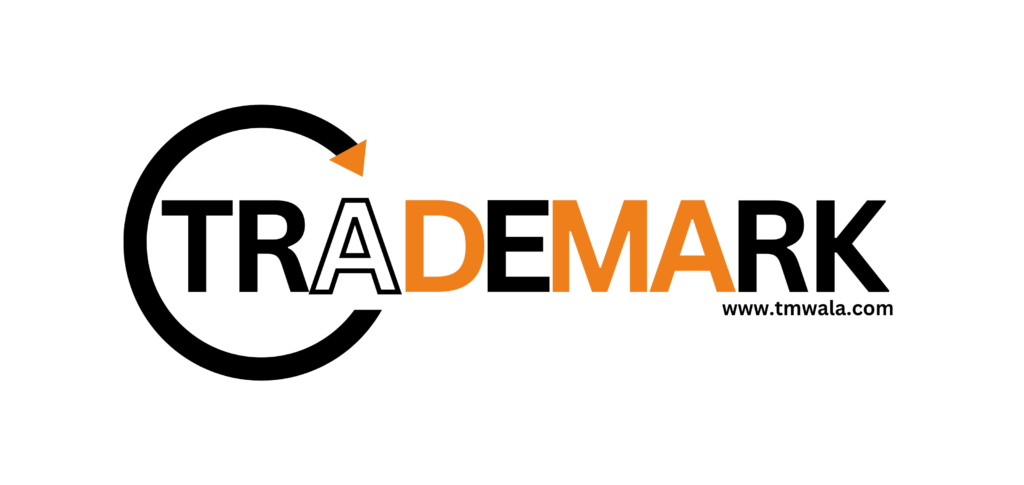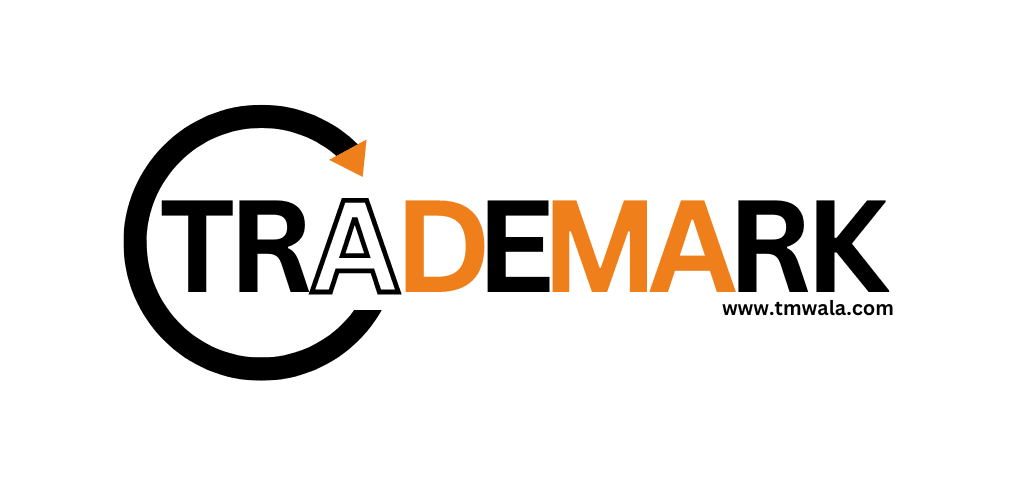What Is a Memorandum of Understanding (MOU)?
A Memorandum of Understanding (MOU) is a formal agreement between two or more parties. It outlines the parties’ intentions and is often used as a preliminary document leading up to a more detailed contract. While an MOU is generally not legally binding, its binding nature can vary based on the intent and language used by the parties involved. It signals a mutual willingness to proceed towards a formal agreement.
MOUs are frequently used in international treaty discussions and significant business transactions, such as merger talks. They serve as a framework for negotiations, outlining the scope and goals of the discussions. An MOU can be bilateral (between two parties) or multilateral (involving multiple parties), and it acts as a formal step up from an informal “gentlemen’s agreement.”
Whether an MOU is legally binding depends on the presence of key legal elements within the document, such as offer, acceptance, consideration, and the intention to be legally bound. In the U.S., this may vary slightly based on whether the contract concerns goods (under the Uniform Commercial Code) or services (under state common law).
Benefits and Drawbacks of an MOU
Benefits:
- Clarity and Structure: An MOU provides a clear record of the parties’ intentions and goals, which can prevent misunderstandings.
- Flexibility: It is less formal than a contract, allowing parties to negotiate and adjust terms more freely.
- Documentation: An MOU establishes a documented trail of the parties’ discussions and intentions, aiding in future negotiations and contract
Drawbacks:
- Lack of Enforceability: Since an MOU is generally not legally binding, it may not hold up in court if disputes arise.
- Potential for Misinterpretation: Without the legal rigor of a formal contract, the terms and intentions may be misinterpreted or disputed.
- Effort vs. Outcome: Time and effort spent drafting an MOU might be wasted if the final contract deviates significantly from the initial agreement.
Example of a Memorandum of Understanding
An MOU is crucial when establishing strategic partnerships or agreements, clarifying the understanding and expectations of the parties. For example, if two shoe companies intend to collaborate on a sports shoe campaign, they might draft an MOU to outline their intentions to share resources such as market data and technology. This document helps ensure both parties are aligned without the legal obligations of a contract.
How a Memorandum of Understanding (MOU) Works
An MOU indicates that the parties have reached a mutual understanding and are moving towards a formal agreement. While not always legally binding, it demonstrates a serious commitment to a forthcoming contract. In U.S. law, an MOU is akin to a letter of intent, both serving to express a mutual agreement on objectives and a desire to complete the arrangement.
Advantages and Disadvantages of an MOU
An MOU helps clarify objectives and reduce uncertainty, providing a clear outline of goals and expectations. It serves as a foundation for a future contract. However, since it may not be legally binding, parties can change their positions or withdraw without legal consequences. The binding nature of an MOU depends on its intent and specific language. Creating an MOU can be resource-intensive, and changes in one party’s requirements may negate the efforts spent on drafting it.
Is an MOU Legally Binding?
An MOU is a formal document, but is not inherently legally binding. Its binding nature depends on the specific intent and language used in the document.
Difference Between an MOU and an MOA
An MOU generally outlines broad concepts of mutual understanding and goals, whereas a Memorandum of Agreement (MOA) details specific responsibilities and actions required by each party to achieve their goals.
Analysis
- Clarity and Structure: The content provides a clear and structured explanation of an MOU, making it accessible to individuals unfamiliar with the concept. It effectively breaks down the purpose and usage of an MOU in various contexts.
- Balance of Benefits and Drawbacks: The content offers a balanced view by outlining both the benefits and limitations of an MOU. This helps readers understand when an MOU is appropriate and what potential issues might arise.
- Practical Examples: The use of a practical example helps contextualize the concept of an MOU, making it easier for readers to grasp how it functions in real-world scenarios.
- Detailed Instructions: The section on writing an MOU is detailed, providing a checklist of elements to include. This is practical and useful for those tasked with drafting an MOU.
- Comparative Analysis: The distinction between an MOU and an MOA is clearly explained, helping readers understand the differences and applications of these documents.
- Emphasis on Importance: By highlighting the importance of an MOU in clarifying objectives and preventing disputes, the content underscores the value of this document in both legal and business settings.
How to Write an MOU
An MOU should include:
- Parties Involved: Identify all parties with full names and contact details.
- Purpose and Goals: Clearly define the purpose of the agreement and the objectives each party hopes to achieve.
- Effective Date: State when the MOU comes into effect and its duration.
- Responsibilities: Outline each party’s contributions and responsibilities.
- Governing Law: Specify the laws that govern the agreement.
- Signatures: Include spaces for signatures and dates.
Importance of an MOU
An MOU is significant as it allows parties to clearly state their objectives and expectations, potentially resolving disputes before entering a formal contract.
Is a Memorandum of Understanding Binding?
Although an MOU is not a contract, certain elements could render it binding and enforceable, such as offer, acceptance, intention to be bound, and consideration, following the Four Corners Rule.
Memorandum of Agreement vs. Memorandum of Understanding
An MOA specifies the exact responsibilities, contributions, and expectations of each party and is often compared to a contract, although it usually lacks the same legal force. An MOU, by contrast, outlines the broader intentions and understanding between parties without detailing specific obligations.
Elements to Include in a Memorandum of Understanding
Key elements to include in an MOU are:
- Governing law
- Date and duration
- Parties’ information
- Purpose and objectives
- Expertise and scope of collaboration
- Responsibilities
- Resources
- Miscellaneous provisions (e.g., dispute resolution, termination procedures, non-disclosure agreement)
- Signatures
Conclusion
A Memorandum of Understanding is a valuable tool for formalizing intentions and expectations before entering into a binding contract. Although it is not inherently legally binding, its careful drafting and clear intent can play a crucial role in facilitating effective negotiations and establishing a solid foundation for future agreements. Whether used in international treaties or business transactions, an MOU helps reduce uncertainty, clarify roles, and pave the way for more detailed and binding agreements.
FAQs
1. What is a Memorandum of Understanding (MOU)?
An MOU is a formal agreement between two or more parties that outlines their intentions and goals, often serving as a preliminary step before drafting a detailed contract.
2. Is an MOU legally binding?
Generally, an MOU is not legally binding. However, it can become binding if it includes elements such as offer, acceptance, consideration, and a clear intention to be legally bound.
3. When is an MOU used?
MOUs are commonly used in international treaties, major business transactions, strategic partnerships, and situations where parties want to establish a framework before signing a formal contract.
4. What are the benefits of an MOU?
It provides clarity, structure, flexibility in negotiations, and a documented record of discussions, helping prevent misunderstandings.
5. What are the drawbacks of an MOU?
Since it is usually not enforceable in court, disputes may arise without legal remedies. There is also potential for misinterpretation and wasted effort if the final contract differs greatly.
6. How does an MOU differ from a Memorandum of Agreement (MOA)?
An MOU outlines broad intentions and mutual understanding, while an MOA specifies exact responsibilities, actions, and contributions of each party.
7. What elements should be included in an MOU?
Key elements include parties involved, purpose and objectives, effective date, responsibilities, governing law, resources, and signatures.
8. Can an MOU be bilateral or multilateral?
Yes, it can be between two parties (bilateral) or multiple parties (multilateral), depending on the nature of the collaboration.
9. How does an MOU work in practice?
It acts as a written confirmation that all parties agree on the main objectives and terms before entering a formal agreement, serving as a guide for further negotiations.
10. Why is an MOU important in business and legal contexts?
It helps clarify expectations, align goals, and reduce misunderstandings, making future contract negotiations smoother and more efficient.
